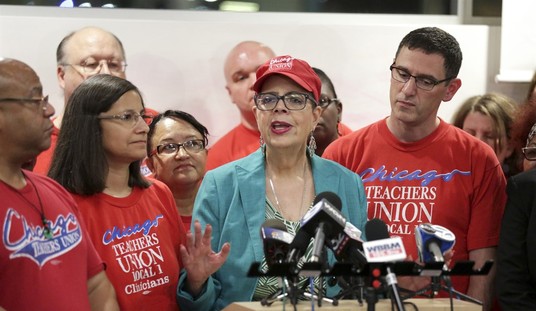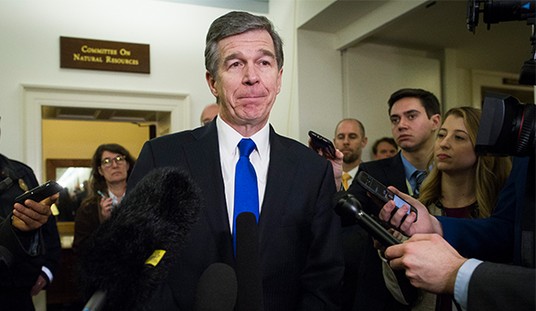The U.S. consumer optimism continues to edge higher, according to the NY Federal Reserve. Confidence revolves around the job market with a record percentage of respondents saying they could find a job if they lost their current one.
The ability to make debt payments continue to improve from last year, especially in lower-income households; 21.34% were in debt last September, to only 13.55% in June. There was a spike in debt for middle-income households to 11.36% from 8.58% in April, which is the only worrisome part of these exhaustive surveys.
It must be noted that the Federal Reserve really cares about inflation expectations and its ability to gauge and game them. As an aside, it’s intriguing that lower-income households see the smallest household income gains, but they also expect the largest spending growth.
One Year Growth Expectations | Under $50,000 | $50,000 to $100,000 | Over $100,000 |
Household Income
| +2.19% | +2.99% | +3.20% |
Household Spending
| +4.11% | +3.17% | +2.91% |
Debt Delinquency (not able to make min payment over next three months) | 13.55% | 11.36% | 4.86% |
Losing or Leaving Job | 15.87% | 13.27% | 11.50% |
Ability to Find Job | 62.60% | 62.16% | 66.37% |
Higher Interest on Savings | 26.07% | 29.01% | 30.50% |
Inflation Rate | 2.69% | 2.90% | 2.50% |
Where’s Inflation?
There is no doubt that consumers felt a lot more confident in June than earlier in the year. Inflation expectations turned higher after declining three consecutive months.
Inflation expectations for a year from now climbed to 2.67% from 2.45%, with the largest increase from lower-income households, 2.69% from 2.20% in May.
What’s interesting is that the decline in college and medical inflation growth continues to outpace other commodities, but it’s down huge since the start of the year.
Recommended
One Year Growth in Inflation Expectations | June 2019 | May 2019 | January 2019 |
Gas | 4.20% | 4.69% | 4.34% |
Food | 4.66 | 4.67 | 4.34 |
Rent | 5.35 | 5.24 | 5.45 |
Medical care | 7.39 | 7.95 | 9.24 |
College | 5.29 | 5.86 | 7.72 |
Gold | 2.92 | 2.72 | 2.93 |
Higher Minimum Wage
The Congressional Budget Office (CBO) released its assessment of the impact of higher Federal minimum wage as Congress prepares to vote on the issue. The plan to take minimum wage to $15.00 by 2025 doesn’t have the obvious positive impact touted on Capitol Hill.
The issue is the cost - not just to taxpayers, but to households currently above the poverty line. At $15.00 an hour, a family with an income that’s six times greater than the poverty line would lose $28.4 billion. The total employment at $15.00 also means 1.3 million fewer workers.
Impact Higher Min Wage | Change Workers | Direct Impact | Potential Impact | Incomes Families in Poverty | Incomes families above Poverty
|
$10.00 | Unchanged | 1.5 million | 1.9 million | + $430 million |
-$100 million
|
$12.00 | -300,000 | 5.0 million | 6.4 million | +$2.3 billion |
-$800 million
|
$15.00 | -1.3 million | 17.0 million | 10.3 million | +$7.7 billion |
-$8.7 billion
|
Portfolio Approach
We sent an alert to take profits on another position yesterday. If you are not currently a Hotline subscriber, click here to get started today.
Communication Services | Consumer Discretionary | Consumer Staples |
1 | 4 | 1 |
Energy | Financials | Healthcare |
1 | 2 | 1 |
Industrial | Materials | Real Estate |
2 | 3 | 1 |
Technology | Utilities | Cash |
2 | 0 | 2 |
Today’s Session
The futures are pointing to a triple digit decline on the Dow. This will be the third down day if it persists. The market is waiting for data out from Boeing (BA) on June orders and deliveries, which will be out at 11.
On the economic front, according to the NFIB Small Business Optimism Index, America’s small business optimism took a slight dip in June, slipping 1.7 points to 103.3, reversing the gain posted in May, with six components falling, three improving, and one unchanged. The index, however, remains at historic highs. The Uncertainty Index was up substantially, increasing 7 points to the highest level since March 2017.
NFIB President and CEO Juanita D. Duggan, stated, “Last month, small business owners curbed spending, sales expectations and profits both fell, and the outlook for expansion dampened. When you add difficulty finding qualified workers and harmful state level laws and regulations, you’re left with a volatile mix where uncertainty has increased to levels not seen in more than two years,” said
Let’s see what the latest Job Openings and Labor Turnover Survey (JOLTS) report, due out at 10, indicates.

























Join the conversation as a VIP Member